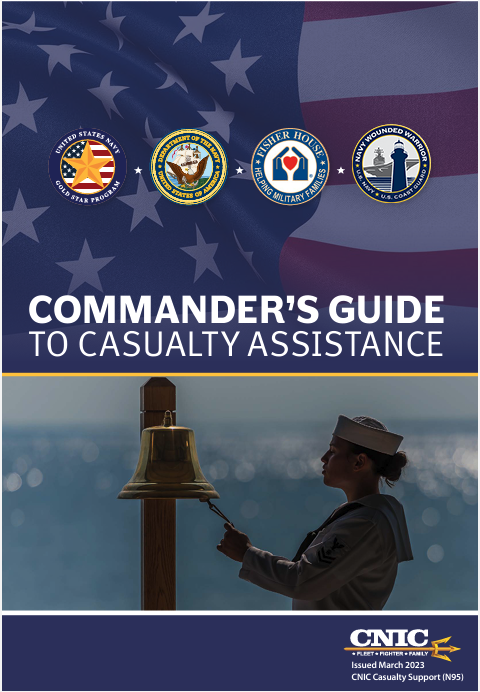Command Support
Military leaders play a crucial role in supporting personnel during sudden and unforeseeable transitions. They create an environment where seriously wounded, ill, and injured service members feel encouraged to seek help. They should also follow up on a wounded warrior’s recovery to help minimize their feelings of disconnection and distress throughout the rehabilitation process.
During recovery and rehabilitation, service members can experience heightened stress and a range of challenges because of changes to their physical or psychological condition. To promote healing and an acceptance of change, leaders are encouraged to keep regular contact with wounded warriors and their families and provide information on available resources.
Leadership includes:
- Commanding officers
- Command master chiefs
- Department heads
- Division officers
- Chiefs
Whenever an opportunity to address the fleet surfaces, leaders are encouraged to educate Sailors and Coast Guardsmen about the program before ever being wounded, ill, or injured to ensure service members are armed with this critical knowledge in the event of the unexpected.
 Commander's Guide to Casualty Assistance
Commander's Guide to Casualty Assistance
This handy reference includes definitions of reportable casualties, procedures and contacts for reporting casualties, and outlines of the Navy programs that respond promptly and compassionately when casualties occur. Find information about the Navy Wounded Warrior, Navy-Marine Corps Fisher Houses, Navy Gold Star, Navy Casualty Assistance Calls Program, and the Navy Long-Term Assistance Program.
Download the Commander's Guide to Casualty Assistance. (PDF updated 2023)
